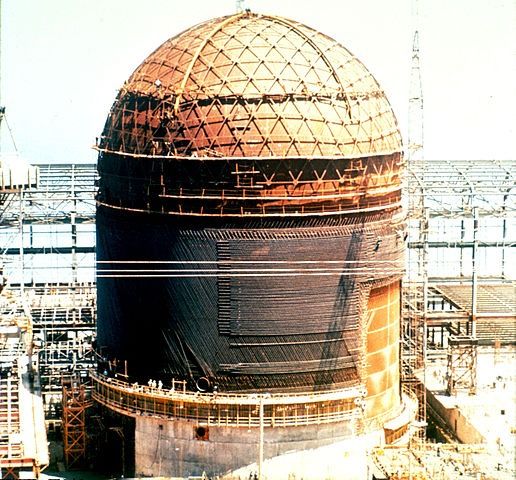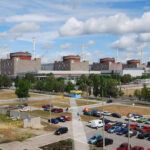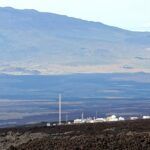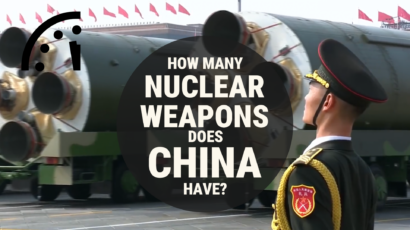The rising cost of decommissioning a nuclear power plant
By Dan Drollette Jr | April 28, 2014

“The most reliable estimate of the cost of decommissioning [a nuclear power plant] is 10-15 percent of the construction cost, contrary to some highly inflated estimates … Modern serious studies of the disposal problem indicate that satisfactory isolation is technologically feasible, even for the long term.” So wrote MIT nuclear engineering professor David Rose in the November 1985 issue of The Bulletin of the Atomic Scientists.
How misguided that view seems now, with the advantage of decades of experience. The Yankee Nuclear Power Station in Rowe, Massachusetts, took 15 years to decommission—or five times longer than was needed to build it. And decommissioning the plant—constructed early in the 1960s for $39 million—cost $608 million. The plant’s spent fuel rods are still stored in a facility on-site, because there is no permanent disposal repository to put them in. To monitor them and make sure the material does not fall into the hands of terrorists or spill into the nearby river costs $8 million per year. That cost will continue for an unknown number of years. David Lochbaum of the Union of Concerned Scientists estimates that even without the ongoing costs of monitoring and security, the average reactor now costs about $500 million to deactivate.
But Professor Rose should not be singled out for his overoptimism about nuclear plant decommissioning costs; the Bulletin’s archives reveal a fairly constant tendency to downplay those costs. In 1988, a Nuclear Regulatory Commission study said utilities should set aside just $100 to $130 million in decommissioning funds per plant, according to the Bulletin article, “Last rites for first commercial reactor.” That article highlighted the era’s bullish feeling toward end-stage nuclear power costs by describing the response to disposal of a decommissioned reactor vessel at the Hanford nuclear reservation in Washington state: To celebrate the 1,000-ton vessel’s arrival via the Columbia River, residents of a nearby city unfurled a “Welcome to Richland” banner.
Of course, there is a reason that experts tended to emphasize the benefits and minimize the costs of nuclear power in the early decades of the Atomic Age—economic self-interest. This reality may have been acknowledged most eloquently in a May 1953 Bulletin article, “How Shall We Establish a Nuclear Power Industry in the United States?” written by the director of research at Oak Ridge National Laboratory, Alvin Weinberg: “There is the perfectly natural impulse of self-preservation among the many technical and administrative people in nuclear development; we realize that our personal futures depend on how well we succeed in establishing a nuclear energy enterprise which fulfills a persisting economic need, and that there is not too much time left before success will have to be demonstrated or funds will be cut.”
Together, we make the world safer.
The Bulletin elevates expert voices above the noise. But as an independent nonprofit organization, our operations depend on the support of readers like you. Help us continue to deliver quality journalism that holds leaders accountable. Your support of our work at any level is important. In return, we promise our coverage will be understandable, influential, vigilant, solution-oriented, and fair-minded. Together we can make a difference.
Topics: Analysis, Nuclear Energy, Special Topics















